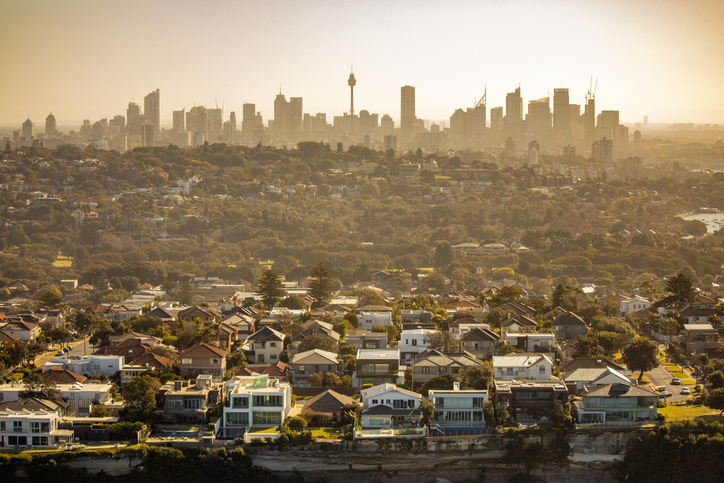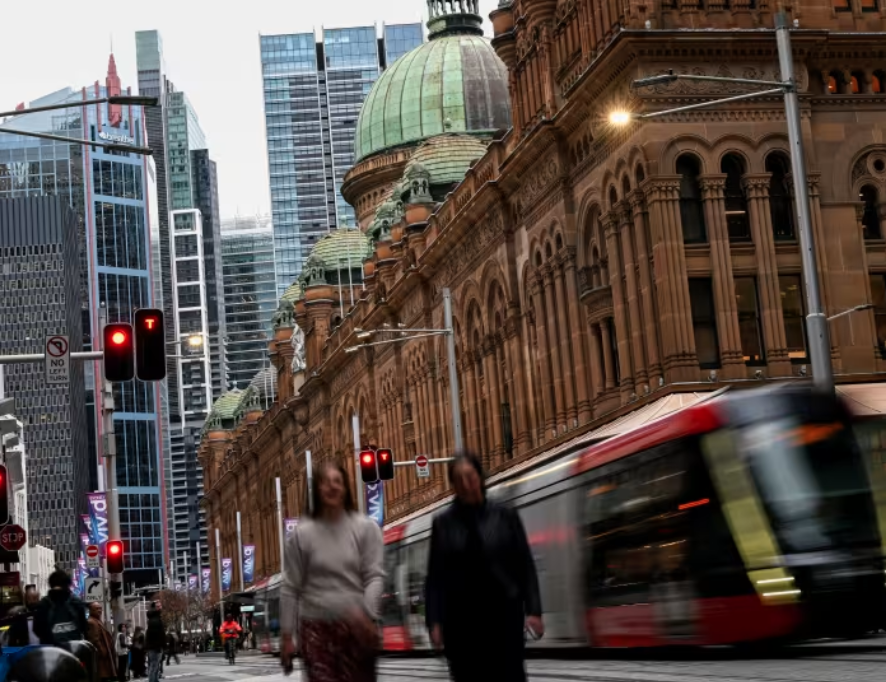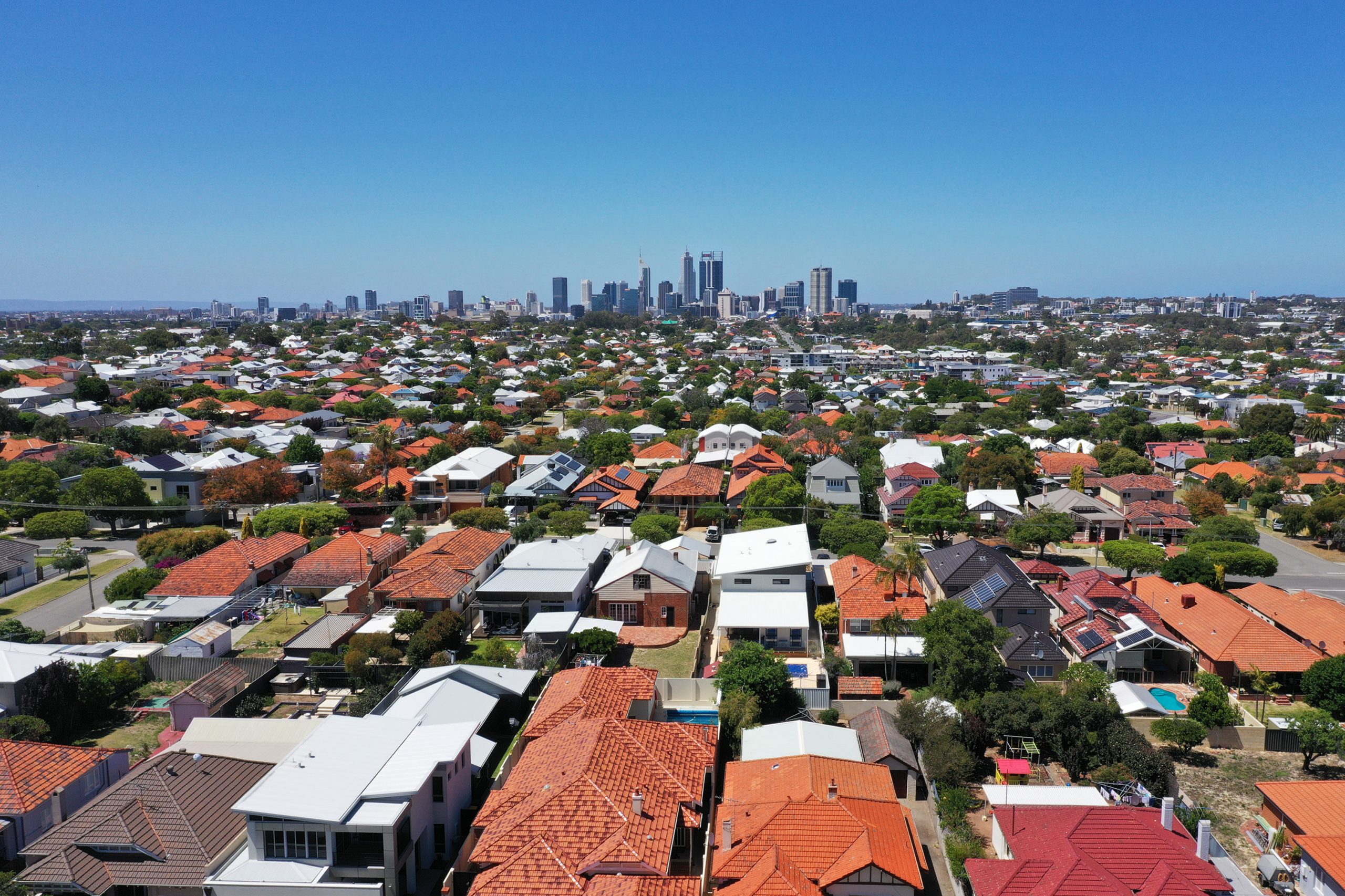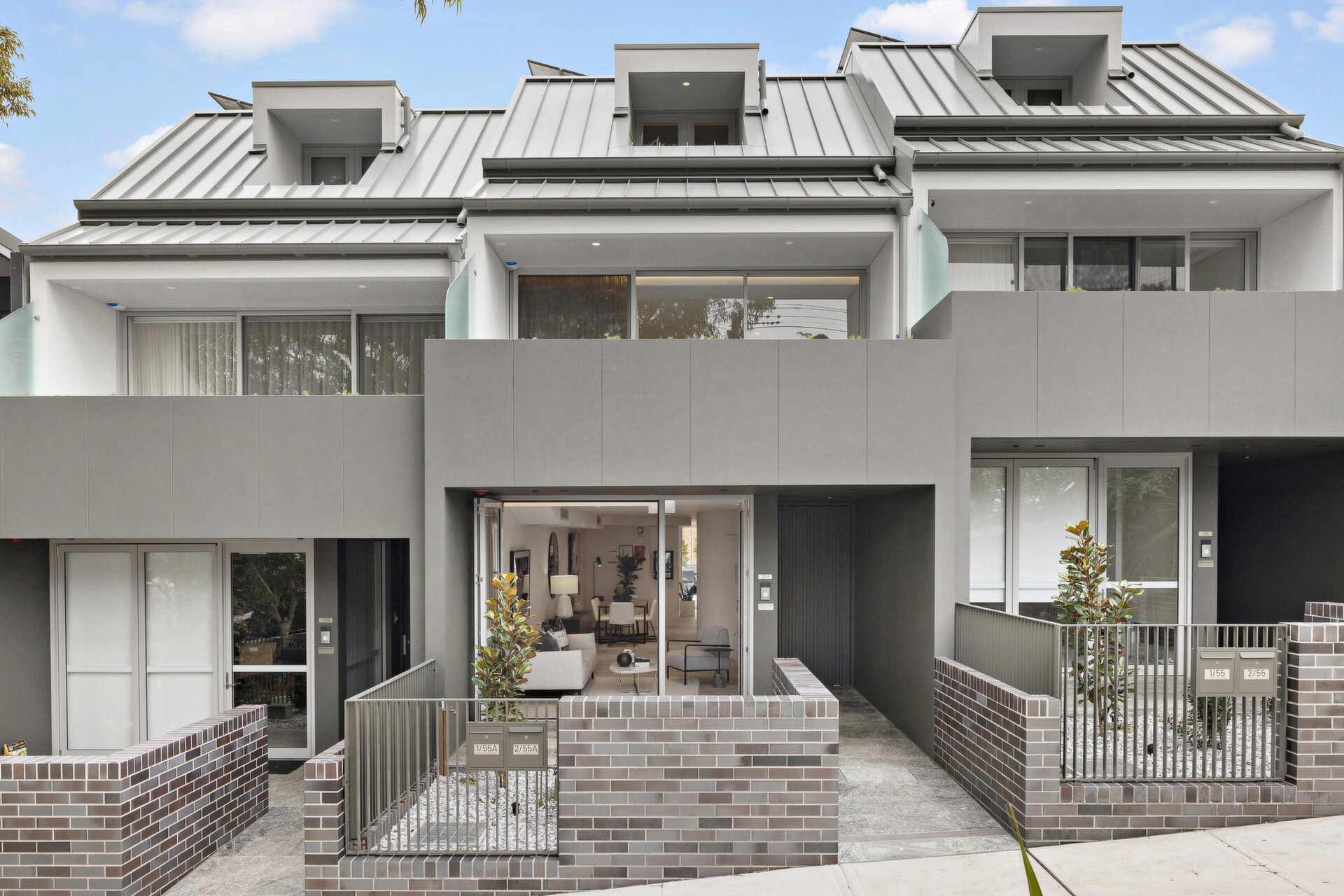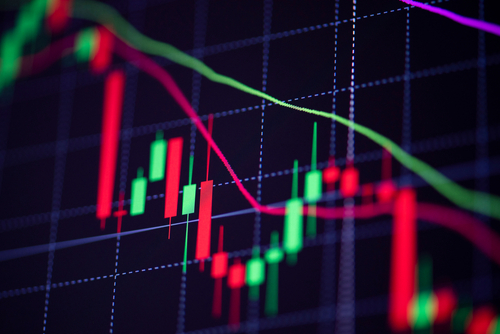Inflation, interest rate rises and fuel excise changes muddy the waters in Australian property market
RMIT expert says a conflation of factors is making the property market hard than ever to predict
A leading property academic has described navigating the current Australian housing market ‘like steering a ship through a thick fog while trying to avoid obstacles’.
Lecturer in RMIT’s School of Property Construction and Project Management Dr Woon-Weng Wong said the combination of consecutive interest rate rises aimed at combating high inflation, higher property prices during the pandemic and cost of living pressures such as the end of the fuel excise that occurred this week made it increasingly difficult for those looking to enter or upgrade to find the right path.
“Property prices grew by approximately 25 percent over the pandemic so it’s unsurprising that much of that growth ultimately proved unsustainable and the market is now correcting itself,” Dr Wong says. “Despite the recent softening, the market is still significantly above its long-term trend and there are substantial headwinds in the coming months. Headline inflation is still red hot, and the central bank won’t back down until it reins in these spiralling prices.”
This should be enough to give anyone considering entering the market pause, he says.
“While falling house prices may seem like an ideal situation for those looking to buy, once the high interest rates, taxes and other expenses are considered, the true costs of owning the property are much higher,” Dr Wong says.
“People also must consider time lags in the rate hikes, which many are yet to feel to brunt of. It can take anywhere from 6 to 24 months before an initial change in interest rates eventually flows on to the rest of the economy, so current mortgage holders and prospective home buyers need to take this into account.”
This stylish family home combines a classic palette and finishes with a flexible floorplan
Just 55 minutes from Sydney, make this your creative getaway located in the majestic Hawkesbury region.
Excluding the Covid-19 pandemic period, annual growth was the lowest since 1992
Australia’s commodity-rich economy recorded its weakest growth momentum since the early 1990s in the second quarter, as consumers and businesses continued to feel the impact of high interest rates, with little expectation of a reprieve from the Reserve Bank of Australia in the near term.
The economy grew 0.2% in the second quarter from the first, with annual growth running at 1.0%, the Australian Bureau of Statistics said Wednesday. The results were in line with market expectations.
It was the 11th consecutive quarter of growth, although the economy slowed sharply over the year to June 30, the ABS said.
Excluding the Covid-19 pandemic period, annual growth was the lowest since 1992, the year that included a gradual recovery from a recession in 1991.
The economy remained in a deep per capita recession, with gross domestic product per capita falling 0.4% from the previous quarter, a sixth consecutive quarterly fall, the ABS said.
A big area of weakness in the economy was household spending, which fell 0.2% from the first quarter, detracting 0.1 percentage point from GDP growth.
On a yearly basis, consumption growth came in at just 0.5% in the second quarter, well below the 1.1% figure the RBA had expected, and was broad-based.
The soft growth report comes as the RBA continues to warn that inflation remains stubbornly high, ruling out near-term interest-rate cuts.
RBA Gov. Michele Bullock said last month that near-term rate cuts aren’t being considered.
Money markets have priced in a cut at the end of this year, while most economists expect that the RBA will stand pat until early 2025.
Treasurer Jim Chalmers has warned this week that high interest rates are “smashing the economy.”
Still, with income tax cuts delivered at the start of July, there are some expectations that consumers will be in a better position to spend in the third quarter, reviving the economy to some degree.
“Output has now grown at 0.2% for three consecutive quarters now. That leaves little doubt that the economy is growing well below potential,” said Abhijit Surya, economist at Capital Economics.
“But if activity does continue to disappoint, the RBA could well cut interest rates sooner,” Surya added.
Government spending rose 1.4% over the quarter, due in part to strength in social-benefits programs for health services, the ABS said.
This stylish family home combines a classic palette and finishes with a flexible floorplan
Just 55 minutes from Sydney, make this your creative getaway located in the majestic Hawkesbury region.









